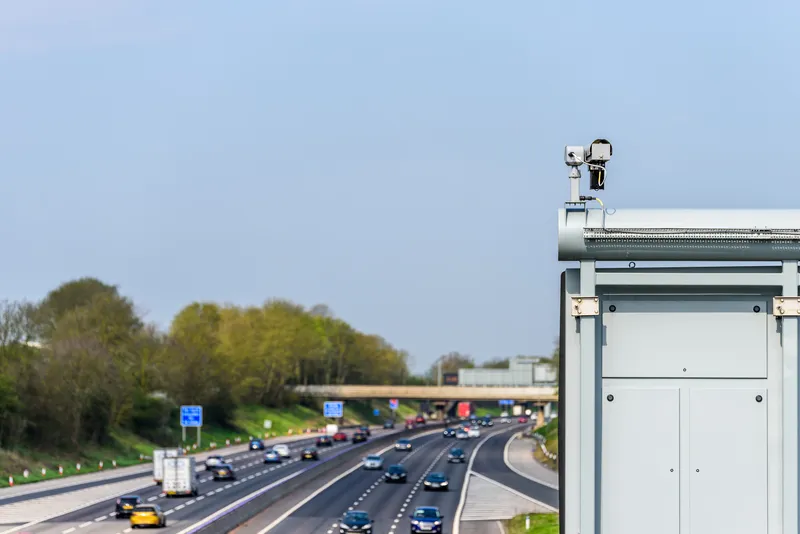Sensys Networks will use ITS America 2016 San Jose to launch SensTraffic, the company’s new traffic data platform. In addition to traffic counts, the platform provides a variety of data modules for travel time, origin/destination, high-resolution performance measures, on-demand signal timing data, bicycle counts and complete system diagnostics.
The new platform has already proven itself. To help traffic flow efficiently across The Golden Gate Bridge, one of the most heavily trafficked corridors in the Bay
June 3, 2016
Read time: 1 min

The new platform has already proven itself. To help traffic flow efficiently across The Golden Gate Bridge, one of the most heavily trafficked corridors in the Bay Area, the Golden Gate Bridge Highway & Transportation District selected Sensys Networks to get accurate real-time traffic counts on a per-lane basis. The agency also needed detailed monitoring and data logging capabilities to feed displays, trigger traffic alarms and provide monthly reports. The data is supplied through Sensys Networks’ SensTraffic data platform service.









